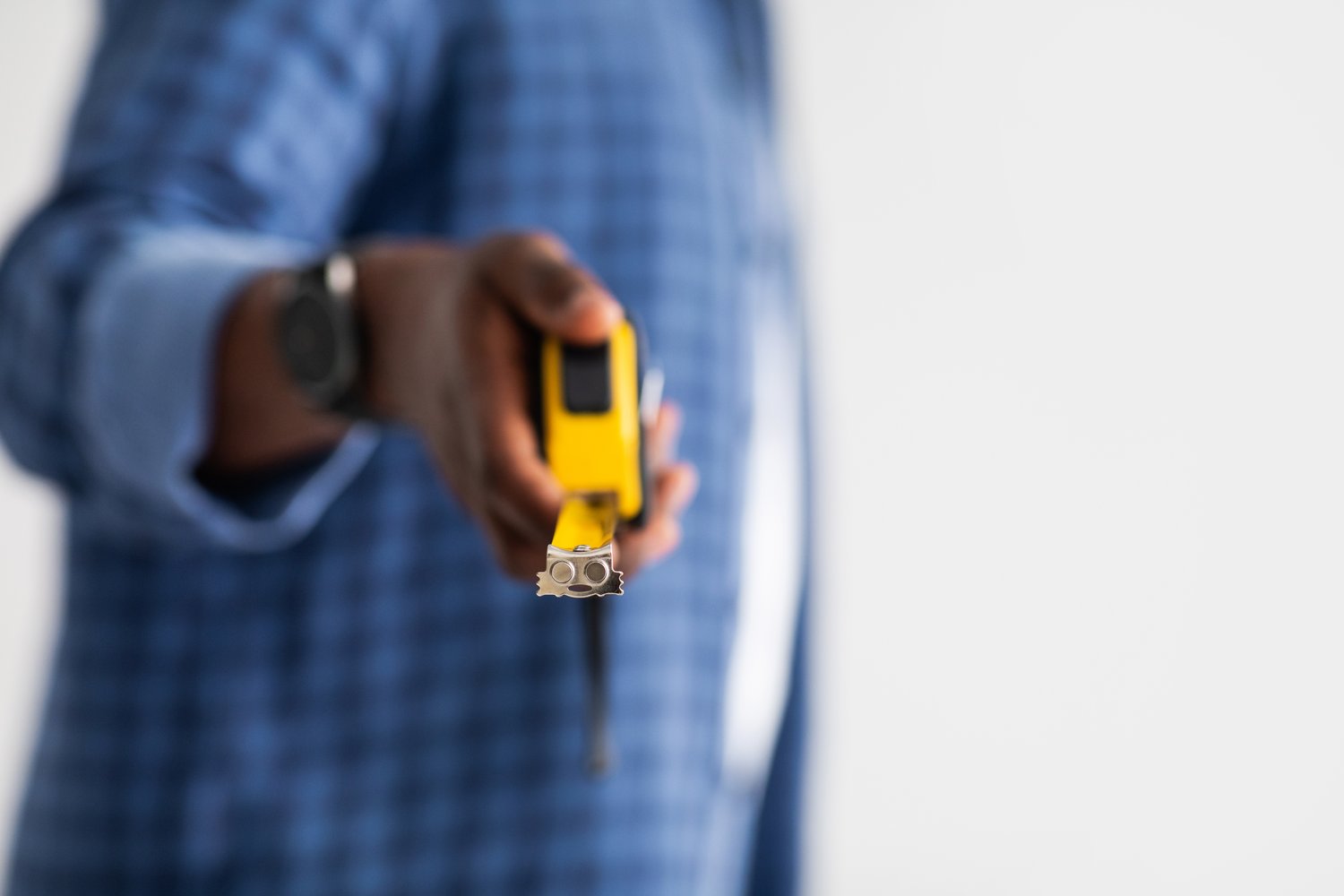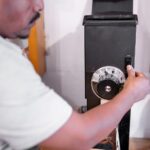In the realm of home improvement, electrical tasks often require a blend of precision and caution. Non-contact voltage testers stand out as invaluable allies, allowing for safer and more efficient handling of electrical work at home. Delving into the use of these testers not only bolsters your DIY capabilities but significantly enhances safety, making them a must-have for any home project enthusiast.
- Understand the core function of non-contact voltage testers and why they’re indispensable for safe electrical work.
- Learn how to choose the right non-contact voltage tester tailored to your home electrical needs.
- Gain insights into the best practices for using non-contact voltage testers effectively, prioritizing safety and efficiency.
With this guide, you’ll be equipped to tackle home electrical projects confidently, ensuring improved safety and successful outcomes through informed use of non-contact voltage testers. Dive in to discover the tools and techniques that will transform your approach to home electrical work.
Understanding the Basics: What are Non-Contact Voltage Testers and How Do They Work?
Non-contact voltage testers are invaluable tools that have become essential for anyone involved in home electrical work. These devices allow users to detect electrical voltage without the need to make physical contact with the wires. This functionality significantly enhances safety, reducing the risk of electric shock during use.
The principle behind non-contact voltage testers is relatively straightforward. They are designed to sense the electric field generated by live conductors. When the tester is brought close to a wire or outlet with an active electrical current, it triggers an indicator, often a light or sound, to alert the user of the presence of voltage. This capability makes them crucial for identifying potential hazards before proceeding with any electrical task.
For homeowners and DIY enthusiasts, understanding the proper use and functionality of non-contact voltage testers is critical. These tools are not only easy to use but also portable and budget-friendly. They provide a quick and reliable way to verify whether an electrical circuit is live, enabling safer and more efficient electrical work around the house.
Choosing the Right Tester for Home Use
When selecting a non-contact voltage tester for home use, it’s important to consider the various types available on the market. Each model comes with distinct features and functionalities tailored to different electrical needs. Some testers are designed for a wider voltage range, while others may have advanced sensitivity settings to accommodate specific applications.
Key factors to consider while choosing the right non-contact voltage tester include the voltage detection range, ease of use, and the presence of additional features like built-in flashlights or audible alarms. Look for testers that are UL certified or comply with recognized safety standards for peace of mind and reliability.
Also, think about the environment in which you’ll be using the tester. For instance, if you’ll be working in dimly lit areas, a model with a bright LED indicator and ergonomic design could be beneficial. Ensuring that you select a non-contact voltage tester that aligns with your specific home electrical projects will not only enhance your safety but also improve the efficiency of your work.
Non-Contact Voltage Testers: How to Use Them Correctly for Home Electrical Work – Best Practices and Safety Tips
Non-contact voltage testers are indispensable tools in ensuring the safety and efficiency of home electrical work. They allow you to detect the presence of electrical voltage in wires without the need to make direct contact. Following a few best practices can help you use these devices correctly, enhancing their effectiveness and ensuring your safety during electrical projects.
Firstly, before using a non-contact voltage tester, always ensure the tool is functioning correctly. Test it on a known live circuit to confirm it is operational. This simple step verifies that the tester is ready to provide accurate readings and help prevent accidents due to faulty equipment.
When using the tester, never assume all wires are dead based solely on the absence of a signal. Use multiple tools and techniques to confirm whether a wire is live before proceeding with any work. This redundancy is key to minimizing risk and maintaining safety standards.
Consistently maintain a safe working distance from live circuits. Non-contact voltage testers are designed to alert you to the presence of voltage without requiring close proximity to live components. Utilize this feature to enhance your safety during inspections or repairs.
Wear appropriate personal protective equipment such as gloves and safety glasses. These additional protective measures can help reduce the risk of shock or injury, especially when dealing with potentially live circuits.
It is crucial to follow the manufacturer’s guidelines specific to your model of voltage tester. Each device may have particular characteristics and limitations, so adhering to these guidelines ensures you’re leveraging the full capabilities of your tester safely.
Finally, always remember that non-contact voltage testers are a supplementary safety tool meant to provide another layer of protection. Using them correctly makes your home electrical work safer and more effective. Prioritize safety, follow best practices, and regularly review your knowledge of equipment safety standards to ensure successful electrical projects.
Frequently Asked Questions about Non-Contact Voltage Testers
What is a non-contact voltage tester used for?
Non-contact voltage testers are used to detect the presence of electrical voltage without making direct contact with wires or outlets.
Are non-contact voltage testers safe to use?
Yes, they enhance safety by allowing voltage detection without physical contact, reducing the risk of electric shock.
How does a non-contact voltage tester work?
It senses the electromagnetic field produced by live AC voltage through its sensor tip, alerting you via light or sound.
Can non-contact voltage testers detect DC voltage?
Most non-contact voltage testers are designed for AC voltage detection and may not work on DC circuits.
What should I consider when buying a non-contact voltage tester?
Consider sensitivity range, indication type (light/sound), ease of use, and battery life.





